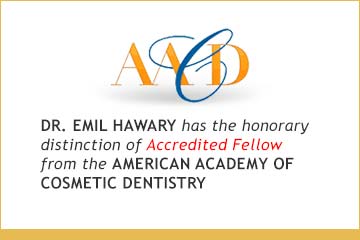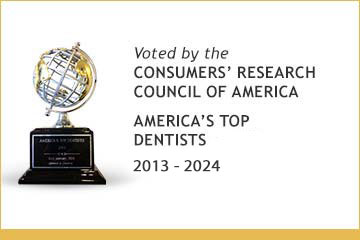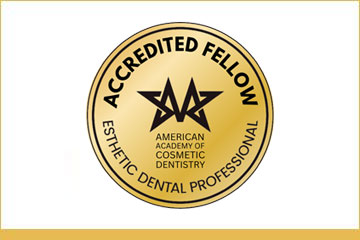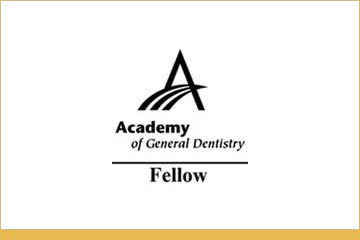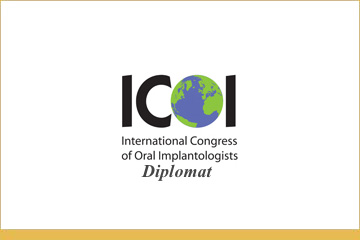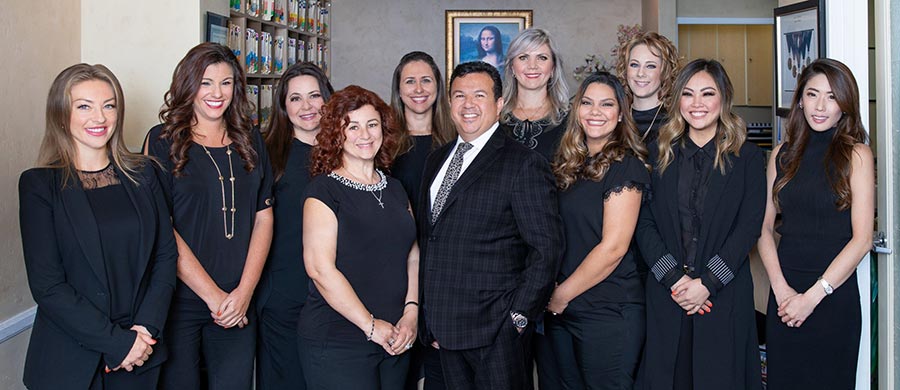When it comes to restoring damaged teeth, patients often wonder whether an onlay or a dental crown is the better option. At Art of Dentistry Institute, we believe that understanding your treatment choices helps you make confident, informed decisions about your oral health. Both onlays and crowns serve to restore function and aesthetics, but which one is right for you depends on the extent of the damage and your long-term dental goals.
What Are Dental Onlays?
Dental onlays, sometimes called “partial crowns” or “indirect fillings”, are custom-made restorations designed to repair a tooth that’s too damaged for a simple filling, but not damaged enough to require a full crown. Onlays cover one or more of the tooth’s cusps (the pointed parts on the biting surface) and are bonded directly to the prepared tooth.
When Are Onlays Recommended?
- Moderate decay or damage limited to part of the chewing surface
- Cracks or fractures that do not compromise the entire tooth
- Patients seeking a conservative alternative to a full crown
The Procedure for Onlays in Irvine at Art of Dentistry Institute
Dr. Hawary will first remove any decay and prepare the tooth for treatment. An impression of the tooth will be taken and sent to a dental laboratory, where the custom onlay is fabricated, usually in about two weeks. In the meantime, a temporary filling is placed to protect the tooth. Once the onlay is ready, you’ll return to our office to have it permanently bonded into place.
What Are Dental Crowns?
A dental crown, or “cap,” fully encases the visible portion of a tooth to restore its shape, size, strength, and appearance. Crowns are used to treat more severely damaged teeth and are supported either by the remaining tooth structure or by a dental implant.
When Are Crowns Necessary?
- Extensive tooth decay or damage
- Teeth weakened by repeated fillings or root canal therapy
- Broken or worn-down teeth
- To hold a dental bridge in place
- Cosmetic enhancement of misshapen or discolored teeth
The Procedure for Crowns in Irvine
Much like onlays, dental crowns begin with the removal of decay and reshaping of the tooth. After impressions are taken, a crown is custom-made to fit your bite and match the color of your natural teeth. While your permanent crown is being crafted, a temporary crown is placed to protect the tooth. Once complete, the final crown is cemented in place during a follow-up visit.
Recovery and Longevity
Both onlays and crowns typically require two visits and have similar recovery timelines. Patients may experience mild sensitivity or discomfort for a few days after placement, but this usually resolves quickly.
Durability Comparison:
- Onlays: Strong and long-lasting, especially when crafted from ceramic or porcelain. With proper care, they can last 10–15 years or more.
- Crowns: Provide full protection and are highly durable, often lasting 15–20 years or longer with good oral hygiene.
Making the Right Choice
Choosing between an onlay and a crown depends on several factors:
- The extent and location of the damage
- The strength of the remaining tooth structure
- Long-term goals for aesthetics and durability
At Art of Dentistry Institute, Dr. Hawary takes a conservative, patient-first approach to restorative dentistry. Whenever possible, we preserve your natural tooth structure using minimally invasive treatments like onlays. However, when damage is more extensive, crowns offer the strength and support needed for long-term health and function.
Schedule a Consultation at Art of Dentistry Institute
Not sure which restoration is right for you? Let us help. Schedule a consultation with Art of Dentistry Institute today, and we’ll walk you through your options with advanced imaging, personalized care, and expert guidance from Dr. Hawary and our experienced team.


